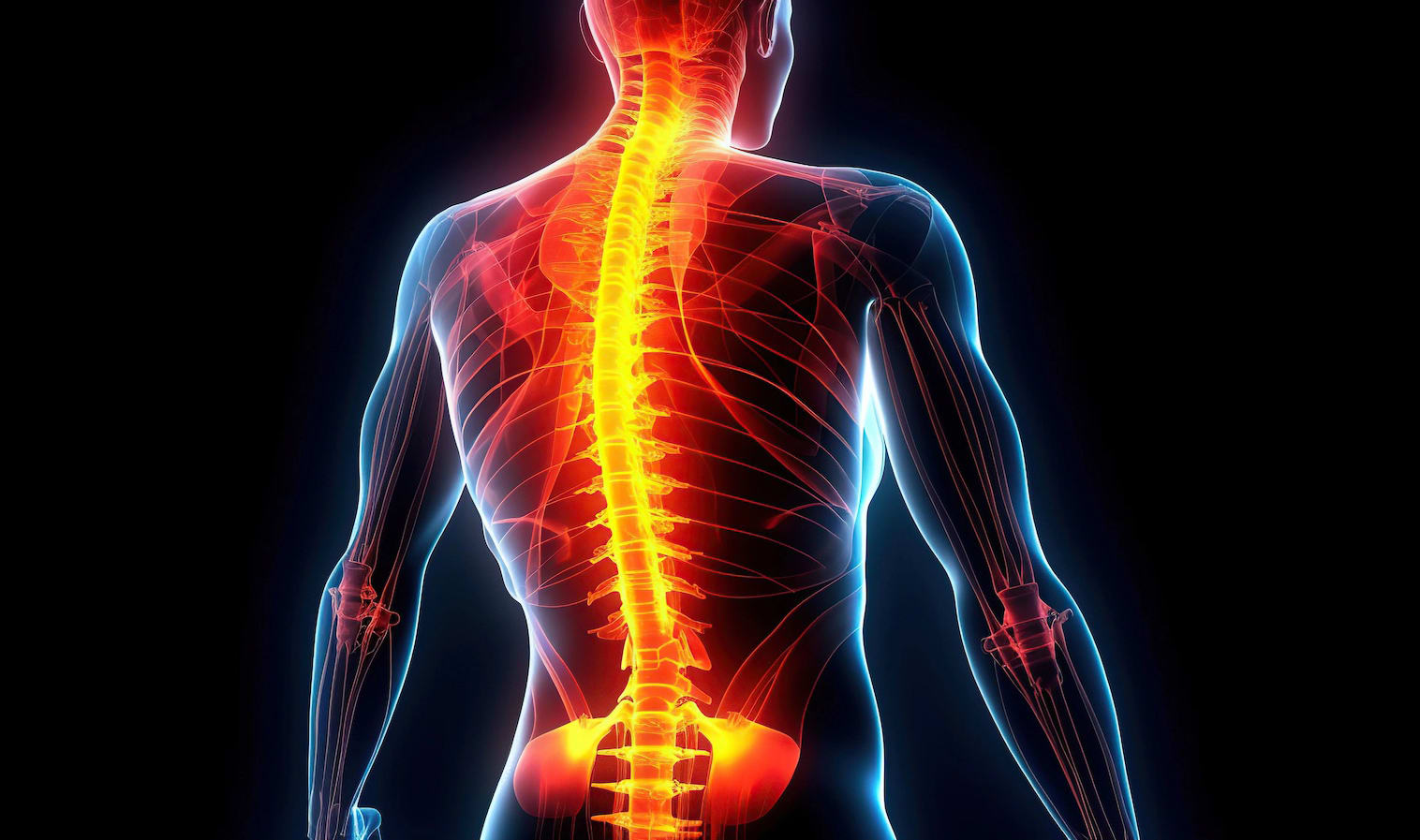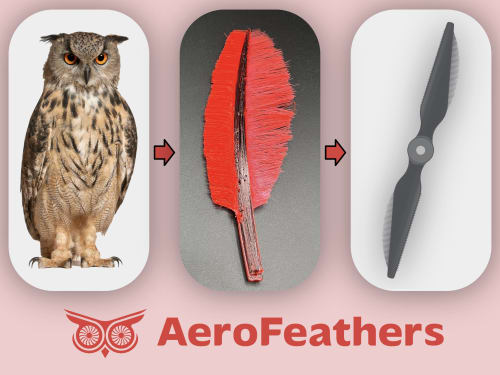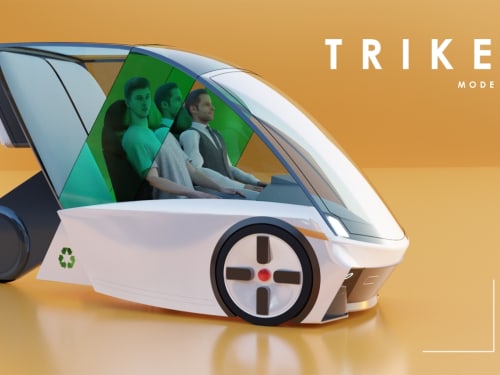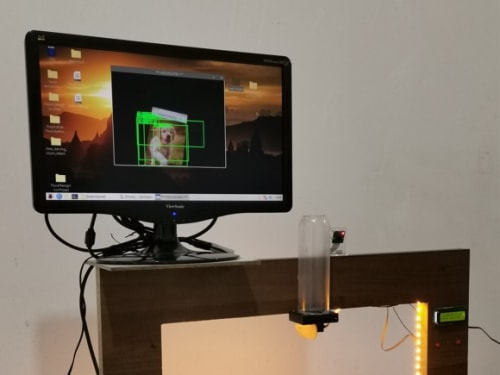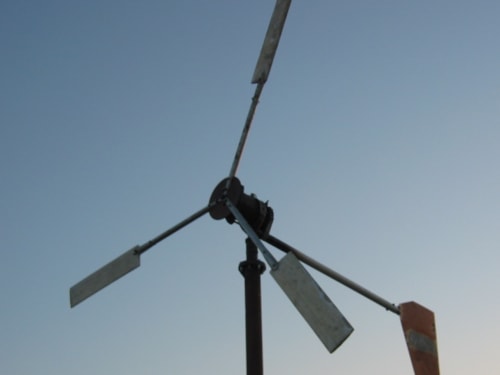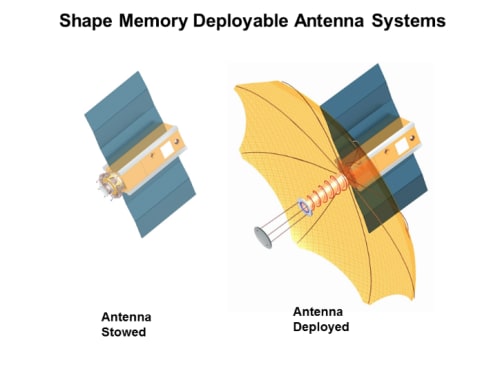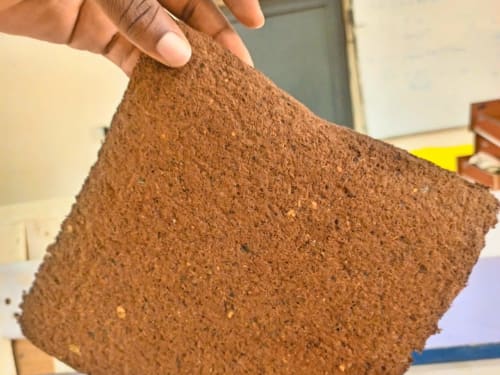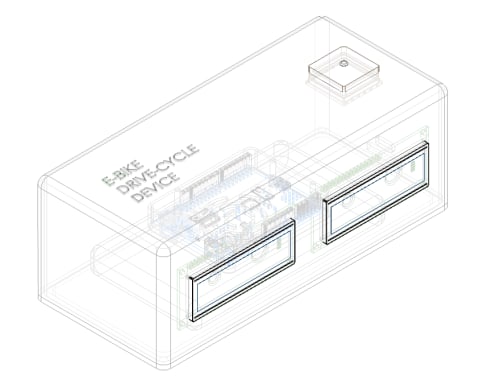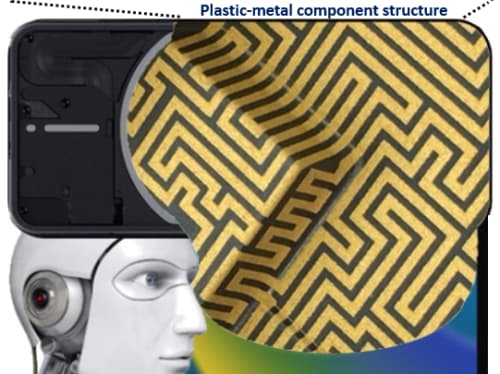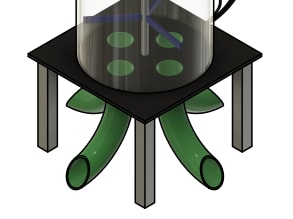The 2025 Contest is Now Open for Entries!
Submit your best new product ideas in any of seven categories for a chance at $25,000 USD and other great prizes. Here’s how to get started.
Help build a better tomorrow
Since Tech Briefs magazine launched the Create the Future Design contest in 2002 to recognize and reward engineering innovation, over 15,000 design ideas have been submitted by engineers, students, and entrepreneurs in more than 100 countries. Join the innovators who dared to dream big by entering your ideas today.
Read About All the 2024 Winning Inventions
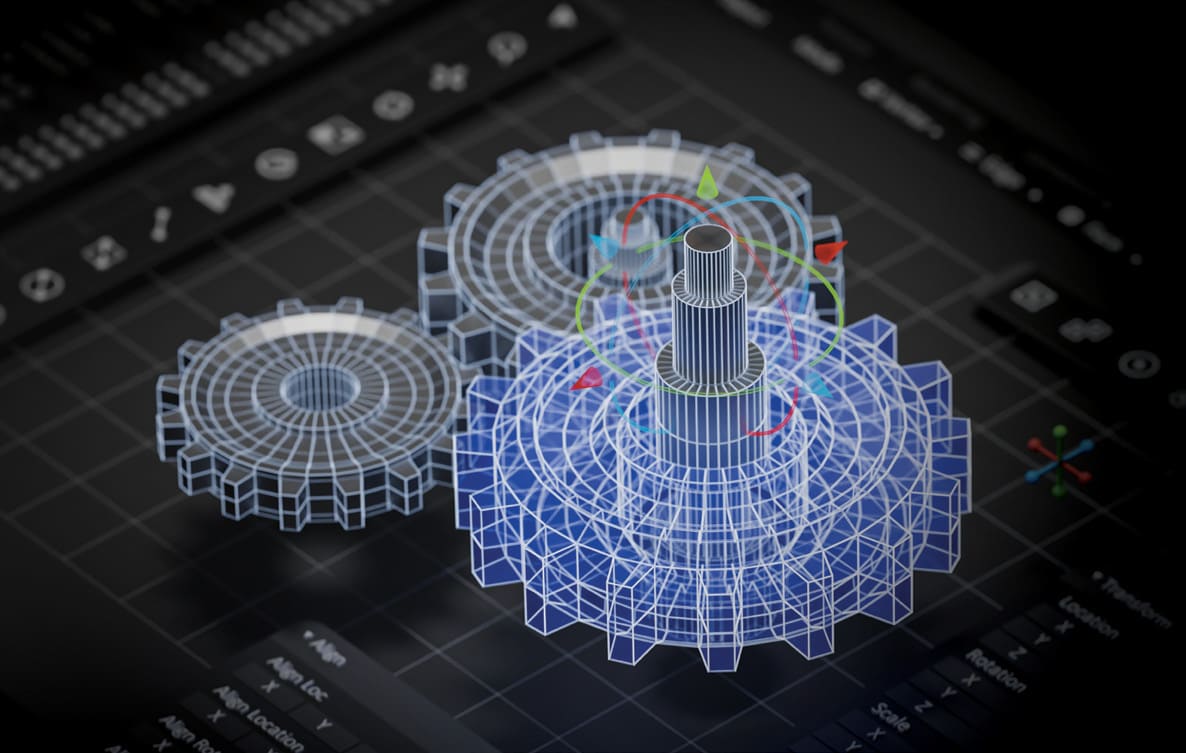
Special Report spotlights the eight amazing winners in 2024 as well as honorable mentions in each category, plus the top ten most popular entries as voted by our community.
Click here to read moreA ‘Create the Future’ Winner Featured on ‘Here’s an Idea’
Spinal cord injury affects 17,000 Americans and 700,000 people worldwide each year. A research team at NeuroPair, Inc. won the Grand Prize in the 2023 Create the Future Design Contest for a revolutionary approach to spinal cord repair. In this Here’s an Idea podcast episode, Dr. Johannes Dapprich, NeuroPair’s CEO and founder, discusses their groundbreaking approach that addresses a critical need in the medical field, offering a fast and minimally invasive solution to a long-standing problem.
Listen nowThank you from our Sponsors
“At COMSOL, we are very excited to recognize innovators and their important work this year. We are grateful for the opportunity to support the Create the Future Design Contest, which is an excellent platform for designers to showcase their ideas and products in front of a worldwide audience. Best of luck to all participants!”
— Bernt Nilsson, Senior Vice President of Marketing, COMSOL, Inc.
“From our beginnings, Mouser has supported engineers, innovators and students. We are proud of our longstanding support for the Create the Future Design Contest and the many innovations it has inspired.”
— Kevin Hess, Senior Vice President of Marketing, Mouser Electronics
contest
Contest
Project Proposal: Third Generation Precision Space Flight and Landing Systems
Our project aims to explore and evaluate a novel third generation of flight systems that go beyond the concepts of birds and airfoils, enabling precision space flight and landings using collapsible thruster-foils. By combining nature-inspired systems and morphologies with large area addressable array microthrusters,
Sylves is a compact autonomous shared mobility. The intent of this concept is to aid in a strong assistance to public transportation system in urban scenario. The focus mainly lies on application of green and sustainable technology. Sylves is an autonomous vehicle navigating with the help of GPS systems. The concept utilizes two different types of Energy systems, viz.
The project is about a camera that can recognize and distinguish stray animals, and a feeding unit that can recognize lost animals with this camera and notify the relevant people, and its working method.
In particular, the project is about a feeding unit with artificial intelligence,
A new wind turbine rotor featuring greater wind transparency and simplified blade shapes. Such forms make it possible to arrange the production of blades of large wind turbines without the use of manual labor. Usually, due to the complex profile of the blades, which have a variable width and twist along the blade,
PBI deployable parabolic antenna systems present a new paradigm in satellite communications enabling (very) large aperture antennas used even with cubesats.
The antennas are based on shape memory materials ‘married’ to heat pipe technology.
Paper industry has significantly contributed to deforestation, accounting for approximately 14% of global deforestation each year, additionally, paper consumption continues to rise, with an estimated 400 million tons of paper and cardboard being produced globally in 2020 alone. To put this into perspective,
The Advanced Drive Cycle Generation Device project aims to develop an innovative device that generates realistic and representative drive cycles for accurate vehicle performance assessment and fuel consumption analysis. By leveraging state-of-the-art technologies, data analytics, and artificial intelligence techniques, the project seeks to create a tool that revolutionizes the way drive cycles are generated,
Existing three-dimensional (3D) printing technologies, whether polymer-based or metal-based, can only produce only-plastic structures or only-metal structures, which severely limits the application of additive manufacturing technologies (AM) in electronics such as IOT, ICT, and robotics. Electronic devices typically consist of both functional plastics and metals, including sensors and microactuators.
The project "Design and Development of an Automated Poultry Feeding System using Microcontroller-based SmartFlock Technology" aims to revolutionize poultry farming practices by introducing an innovative automated feeding system. The project addresses the challenges associated with manual feeding processes in poultry farms, such as labor-intensive tasks, inconsistent feed delivery, and suboptimal feed utilization.
Page 63 of 993
